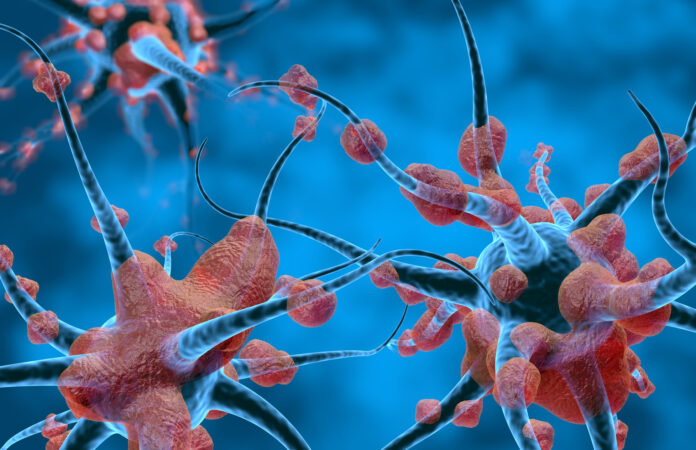
A combined cell and gene therapy based on growth factor release could help create personalized therapies for several neurodegenerative diseases, research suggests.
The treatment uses induced pluripotent stem cells (iPSCs) to create neural progenitor cells that produce a protein called glial cell line-derived neurotrophic factor (GDNF).
The study showed that these genetically engineered cells were able to differentiate into astrocyte cells, which make up the majority of cells in the human central nervous system.
They were also able to protect affected cells and their function in rodent models of diseases involving the retina and spinal cord, according to the findings in Stem Cell Reports.
“Being able to minimize immune interactions by engineering a patient’s own cells and then turning that into a precision medicine therapy has very strong potential,” said co-lead author Alexander Laperle, PhD, a project scientist at the Svendsen Lab at Cedars Sinai.
He added: “We have successfully shown that we can develop human iPSCs that stably produce GDNF as a promising future cell and gene therapy.”
Peripheral blood mononuclear cells can be reprogrammed into iPSCs, which proliferate in culture and can differentiate into multiple tissue types, the researchers explain.
They note that their lab, and others, have previously shown that iPSCs provide a renewable, scalable, and safe cell source for deriving potential cell products.
In the current study, the team generated iPSC-derived neural progenitor cells, which were transduced to express GDNF (iNPC-GDNF).
iNPC-GDNFs were transplanted into the subretinal space of a rodent model of retinal degeneration, where they protected photoreceptors and vision.
They also protected motor neurons after transplantation into the spinal cord of a rodent model of amyotrophic lateral sclerosis (ALS), where they showed long-term survival and safety.
The authors note that neurodegeneration encompasses many different diseases and cell types with diverse genetic and environmental causes that elude pathway-targeted therapies.
However, NPCs that engraft and differentiate into supportive glia and can be genetically engineered to produce a growth factor are broadly applicable to many diseases.
“A combined cell and gene therapy approach based on growth factor release is particularly promising for sporadic ALS, where there is no known gene mutation for targeted gene therapy approaches,” they note.
“This approach can also be used to treat retinal degeneration, regardless of specific mutations.”
The investigators admit that limitations to the therapy do exist, and that off-site or excessive GDNF levels can cause side effects in patients as well as rare cerebellar Purkinje cell loss and aberrant neuronal sprouting in animal models.
They suggest that, while GDNF safety has been confirmed up to 42 months in the spinal cord, future studies should develop controllable GDNF release to tailor GDNF transgene expression for each patient and permit gene shut-off in the case of severe side effects.
Nonetheless, the team maintains: “Based on safety and efficacy, iNPC-GDNFs can be pursued as a promising combined cell and gene therapy for multiple neurodegenerative diseases.”













